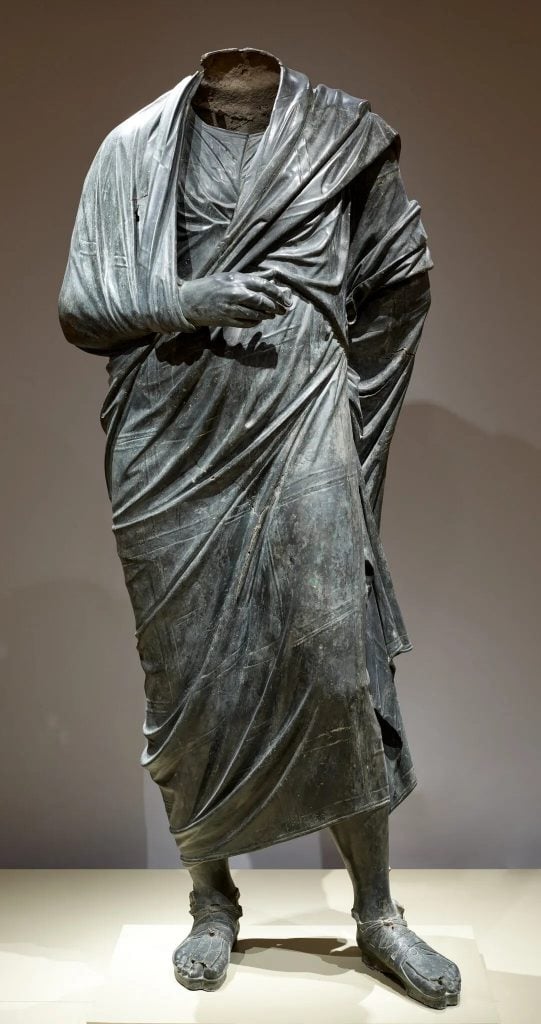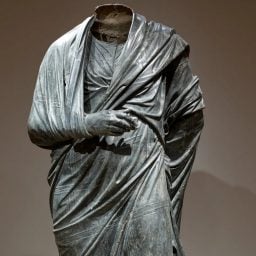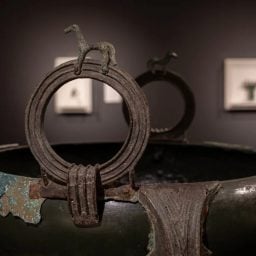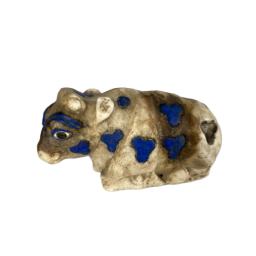After 15 years, Turkey is on the verge of recovering an 1,800-year-old bronze statue of Roman emperor Marcus Aurelius—that’s said to be worth $20 million—from the Cleveland Museum of Art. The Manhattan district attorney’s office seized the work last month, following raids in March at the Museum of Greek, Etruscan, and Roman Art at Fordham University in the Bronx, and in June at Massachusetts’s Worcester Art Museum.
New York Judge Ruth Pickholz issued a warrant for the seizure of the ancient artwork, created when Turkey was part of the Roman Empire’s Anatolia or Asia Minor region, as part of an “ongoing criminal investigation into a smuggling network involving antiquities looted from Turkey and trafficked through Manhattan,” the D.A.’s office’s Antiquities Trafficking Unit told the New York Times. The statue will be transported to New York this month.
The D.A. has been investigating an alleged smuggling ring suspected of operating its trafficking business out of New York, which is why the office was able to cross state lines. News of the sculpture’s seizure was first reported by the Cleveland Plain Dealer.
At Fordham’s antiquity museum, the D.A. also seized Portrait of the emperor Caracalla as a youth, valued at $750,000. The bronze was part of collector William Walsh’s founding gift for the institution, which opened in 2007. A previous D.A. raid, in June 2021, led the museum to close until March of this year, due to the seizure of some 100 looted artifacts that have since been returned to Italy.

Portrait of the emperor Caracalla as a youth, a Burbon bronze now believed to have been looted from Turkey. Collection of Fordham University, Museum of Greek, Etruscan, and Roman Art.
At the Worcester, the D.A.’s target was Portrait of a Lady (A Daughter of Marcus Aurelius?), which has since been removed from the institution’s website. It is believed to be worth $5 million.
The museum’s provenance records listed the statue as being found in southwestern Anatolia in 1966; it was later acquired through the late dealer Robert E. Hecht. Earlier this year, works linked to Hecht, who faced smuggling charges in Italy until they were dismissed due to the statute of limitations, were included in an International Consortium of Investigative Journalists report on possibly looted antiquities in museum collections.
“The ethical standards applicable to museums are much changed since the 1960s, and the museum is committed to managing its collection consistent with modern ethical standards,” Claire C. Whitner, the Worcester Museum’s director of curatorial affairs and curator of European art, said in a statement, noting that the D.A. reaching out to the institution early this year was the first time it had been made aware of any issues with the work’s provenance.
“Based on the new evidence that was provided, the museum determined that the bronze was likely stolen and improperly imported, and has carried out the process of safely transferring the object,” she added.
The Manhattan D.A. has made several other seizures related to Turkish looting claims over the past year or two, returning five antiquities from the collection of Shelby White, a trustee of New York’s Metropolitan Museum of Art, to the country in December 2022. That included a bronze statue of Lucius Verus (also a Roman emperor) from Bubon, an archaeological site in southwestern Turkey, said to be worth $15 million.
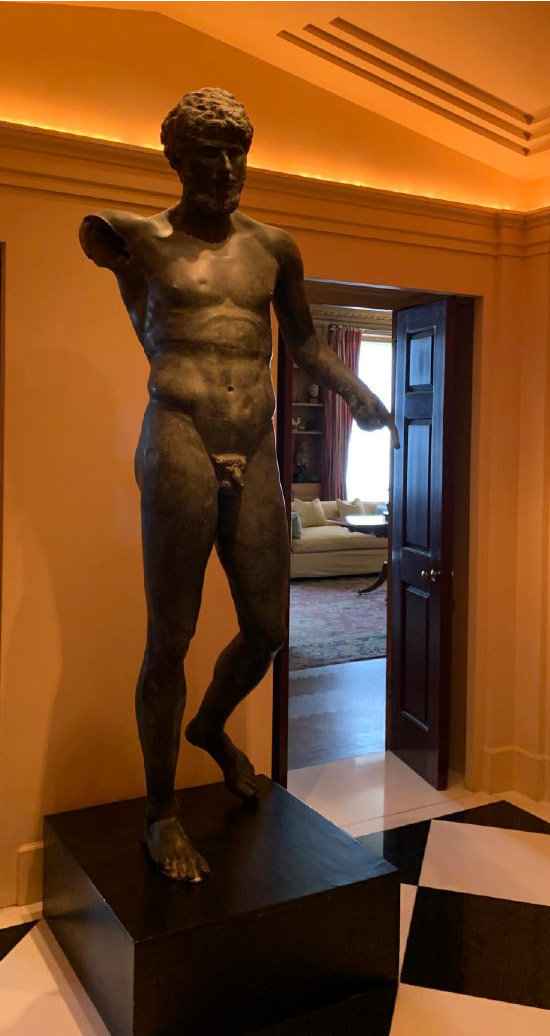
The Manhattan D.A. seized this looted Bubon bronze of the Roman emperor Lucius Verus from the collection of Shelby White and returned it to Turkey. Photo courtesy of the Supreme Court of the State of New York.
Turkish officials believe that looters stole all these statues from Bubon in the 1960s. Villagers reportedly discovered the archaeological site and sold nine life-sized statues as well as other assorted sculptural fragments to a dealer in Izmir before authorities caught wind of the find in 1967.
“The looting back then was done as a commercial enterprise for the villagers,” Matthew Bogdanos, the head of the Manhattan district attorney’s office’s antiquities trafficking unit, told the New York Times in March.
The export of Turkish antiquities has required a permit since the 1906 passage of the country’s cultural patrimony law. The Cleveland Museum has maintained there is no evidence that Marcus Aurelius was stolen, but did catalogue the work as originating in “Turkey, Bubon(?) (in Lycia), Roman.”
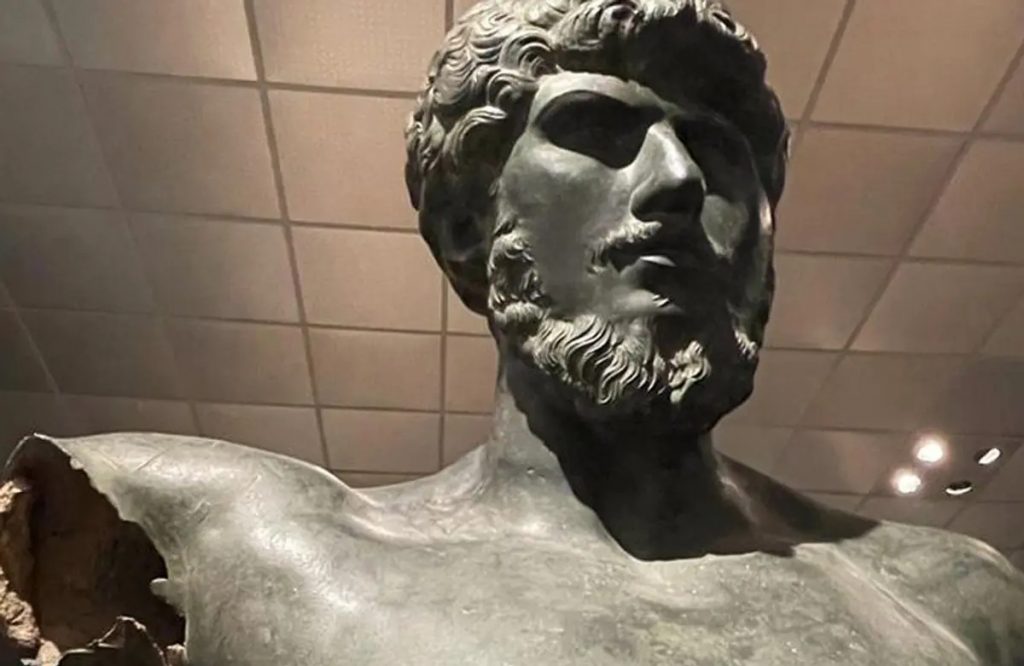
The Manhattan D.A. seized Shelby White’s life-size statue of the Roman emperor Lucius Verus, a looted Bubon bronze, and restituted it to Turkey. Photo courtesy of the US Consulate General, Istanbul.
“The enduring dispute surrounding this matter has kept Marcus Aurelius separated from his hometown for far too long,” said Zeynep Boz, the head of the department for combating illicit trafficking at Turkey’s Ministry of Culture and Tourism, in a statement.
Ten years ago, the Marcus Aurelius, Caracalla, Lucius Verus, and Portrait of a Lady sculptures were all included by the blog Looting Matters in a list of potentially looted Bubon bronzes from “Fire of Hephaistos,” a 1996 exhibition at the Harvard University Art Museums. The post also identified three works from the Getty Villa in Malibu, and one from the Museum of Fine Arts, Boston.
The MFA’s possible Bubon bronze is called Right Leg of a Man, and was a gift from Jerome M. Eisenberg and Alan Ravenal in 1968. The museum declined to comment about the work.
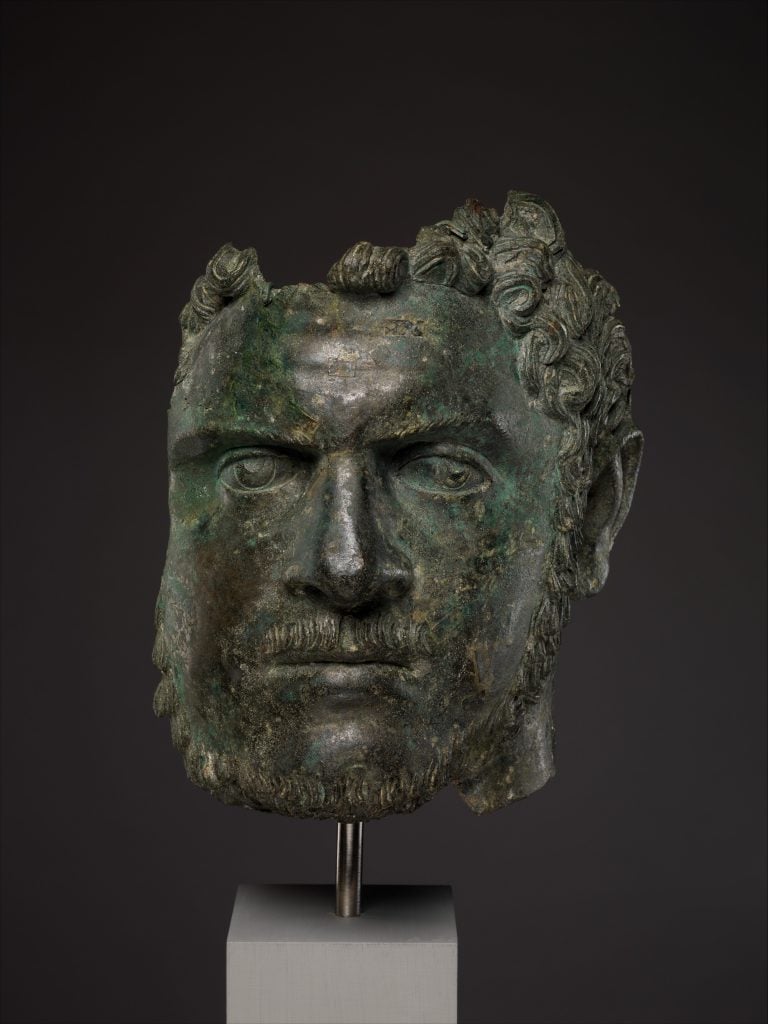
Bronze head of the Roman emperor Caracalla (ca. 211–217 A.D.). Photo courtesy of the Metropolitan Museum of Art, New York.
The three works listed from the Getty collection were Portrait of Lucius Verus, purchased from London auction house Spink and Son in 1973, and Front of a left foot and Head from a Statue of a Youth, both acquired from Nicolas Koutoulakis in the early 1970s.
A Getty press representative told Artnet News it had “no information about these objects right now. When new information is brought to our attention, we do a thorough investigation. We also routinely examine our entire collection and do provenance reviews.”
The D.A.’s investigations also led to the restitution to Turkey of 28 antiquities, 14 from disgraced collector Michael Steinhardt, in January 2022. This April, the office returned another 12 antiquities, three from the Met, to the nation. That included a $1.3 million fragmentary bronze portrait of the emperor Caracalla, and a headless bronze statue of the Roman emperor Septimius Severus worth an estimated $25 million, both believed to be from Bubon.
In examining the provenance records for the Bubon bronzes, one name keeps popping up: Charles Lipson, a Boston coins and antiquities dealer. He had loaned the Septimius Severus statue to the Met since 2011, and was a former owner of White’s Lucius Verus statue, which she originally purchased at Christie’s New York in 2003 for $1.8 million, as well as Fordham’s Caracalla.
A bronze head that has been identified as a match to the Septimus Severus body is in the collection of the Ny Carlsberg Glyptotek in Copenhagen. (It acquired it from the dealer Hecht, who Turkey banned from the country in 1962 due to alleged looting.) The two pieces were reunited for an exhibition in 1979, but the museum now insists that additional research is required to definitively determine they are from the same statue. That hasn’t stopped Turkey for calling for restitution.
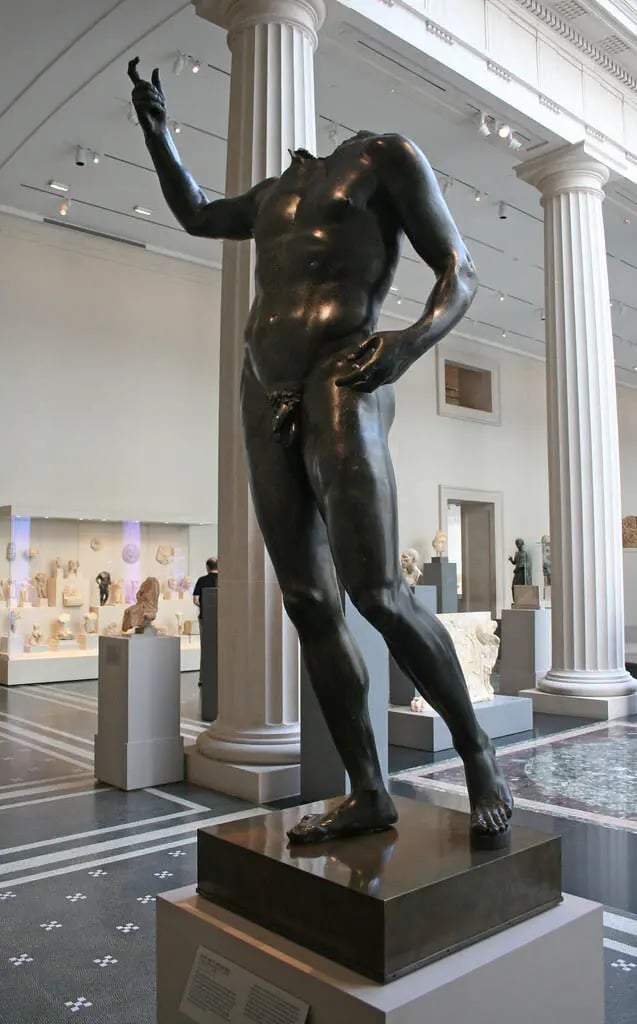
A looted bronze of the Roman emperor Septimius Severus, seen here on loan to New York’s Metropolitan Museum of Art, has been returned to Turkey. Photo courtesy of the Manhattan District Attorney’s Office.
“The bronze comes from Bubon in Turkey. And like all objects from Turkey, we are asking for it to be returned,” Mehmet Bulut, the Turkish charge d’affaires in Denmark, told the Daily Sabah earlier this summer. “We have expressed our request, but it will take time.”
At Cleveland, the larger-than-life Marcus Aurelius statue—six feet and four inches tall (not counting its missing head)—had been one of the gems of the museum’s Greek and Roman galleries since 1986.
The stone plinth at Bubon on which the headless figure is believed to have stood is inscribed with the Roman emperor’s name, but the identity of the statue remains something of an open question. The museum’s website had long described the work as as “The Emperor as Philosopher, probably Marcus Aurelius,” but recently changed the listing to read “Draped Male Figure, c. 150 B.C.E.–200 C.E.” and removed the reference to Bubon, adding that “without a head, inscription, or other attributes, the identity of the figure represented remains unknown.”
The Cleveland Museum has declined to comment on the case, saying its policy is to not publicly discuss “whether a claim has even been made.” It said in a statement that it “takes provenance issues very seriously and reviews claims to objects in the collection carefully and responsibly.”
Ahead of the seizure, the institution removed the statue from its galleries two months ago, according to the Associated Press. But Turkey first reached out to the Cleveland Museum about possible looted Turkish artifacts in the institution’s collection back in 2008, according to the blog Chasing Aphrodite.
The museum reportedly took two years to respond to the Eurasian nation, and then declined to provide provenance records or allow for testing of the contested objects. In 2012, Turkey published a list of allegedly looted artworks for which it would be pursuing restitution claims, including 21 at the Cleveland Museum and 10 at the Getty. Now, over a decade later, the wheels of restitution are finally in motion.
